Close Approach to Earth Christmas Comet 46/P might be a sight to see!
Description
Comet 46/P wirtanen might reach up to a magnitude 3 brightness which would make it visible to the naked eye under the right light pollution conditions! It will be closest to Earth on December 16th & closest to the Sun on December 24th Christmas Eve of 2018. So that's cool! God bless everyone, T
https://www.paypal.me/THORnews
the article
https://www.skyandtelescope.com/astronomy-news/comet-46p-wirtanen-approaches-earth/
Comet 46P/Wirtanen Approaches Earth
By: Joe Rao | November 26, 2018
On December 16th, the comet will pass within 12 million kilometers of Earth and should brighten to about 3rd magnitude, though the diffuse coma and a nearly full Moon will make observations difficult.
Typically during the course of a year about a dozen comets will come within the range of amateur telescopes. Most quietly come and go with little fanfare, but during the upcoming weeks one rather small comet will be making an unusually close approach to the Earth. On December 16th, Comet 46P/Wirtanen (pronounced WERE-tuh-nun) will pass just over 11 million kilometers (7 million miles) from Earth.
Discovery and history
It was on January 15, 1948 that Carl Alvar Wirtanen, a 37-year-old senior observing assistant at the Lick Observatory in California, detected the faint image of a 17th magnitude comet on a photographic plate.
Initially, astronomers determined 46P/Wirtanen to have an orbital period of roughly 6.7 years. On occasion, however, 46P will pass close to Jupiter and its potent gravitational field, which can perturb the comet’s orbit. In April 1972 and again in February 1984, the comet made close approaches to Jupiter, ultimately shortening its orbital period from 6.7 to 5.5 years and pushing the comet’s perihelion distance some 82 million kilometers (51 million miles) closer to the Sun, to a point just over 8 million kilometers (5 million miles) outside of Earth’s orbit.
Orbit of comet 46P
The orbit of comet 46P/Wirtanen (blue) compared to the orbits of the planets (white). The blue square marks the comet's position on December 16, 2018.
JPL-Caltech/NASA
Thus, the stage was set for this year’s very close approach to the Earth. Ranked in terms of distance from Earth, this will be the 20th closest approach of a comet dating as far back as the ninth century A.D., and the tenth closest approach since 1950. The minimum distance between 46P and the Earth (perigee) will be 11,586,350 kilometers (7,199,427 miles), occurring December 16, 2018, at 13:06 Universal Time, a little less than four days after the comet passes its minimum distance from the Sun of 187 million kilometers (98.1 million miles).
Where to find it and viewing prospects
As December opens, 46P will be near the border between the constellations Cetus and Eridanus at a declination near –20°. By New Year’s Eve, it will have rocketed on a north-northeast trajectory to a declination of +56° into the constellation Lynx. For most mid-northern latitude locations, it will become circumpolar on the day after Christmas.
December 2018 track of comet 46P
The track of comet 46P through December 2018. Numbers mark the dates when the comet will appear at those locations.
Sky & Telescope
Along the way, on the evening of December 15th it can be conveniently found passing almost midway between the Hyades and Pleiades star clusters. On December 21st, it will from a triangle with the lowest two stars that make up “The Kids” asterism in Auriga: 10 Eta Aurigae and 8 Zeta Aurigae. And on the nights of the 22nd and 23rd, it will pass within a few degrees to the south and east of the brilliant yellow-white star Capella.
A number of different predictions have been made regarding the brightness of 46P as it passes closest to Earth in mid-December. The Smithsonian Astrophysical Observatory’s Minor Planet Center forecasts a peak magnitude of +8. However I believe, based on observations of 46P through late October, that the forecast of Japanese comet expert Seiichi Yoshida will be much closer to the truth,1 indicating a magnitude of no fainter than +4 during December and peaking near +3 at the December 16th perigee.
I myself have examined data collected from two previous favorable apparitions of 46P in 1986 and 1997. Extrapolating from the comet’s average distance and magnitude during those apparitions puts the comet’s peak brightness near +3 in mid-December, in agreement with Yoshida’s estimates. I also expect 46P’s coma to rapidly swell during early December, reaching an apparent angular diameter conservatively somewhere between 1° and 1.5° — two to three times the apparent diameter of the Moon — on the night it is closest to Earth.
(Be sure to download Sky & Telescope's black-and-white finder chart, perfect for taking to the telescope. For those not blessed with dark skies or clear weather, the Virtual Telescope Project will stream live images of 46P from their robotic telescopes on December 12th and 17th.)

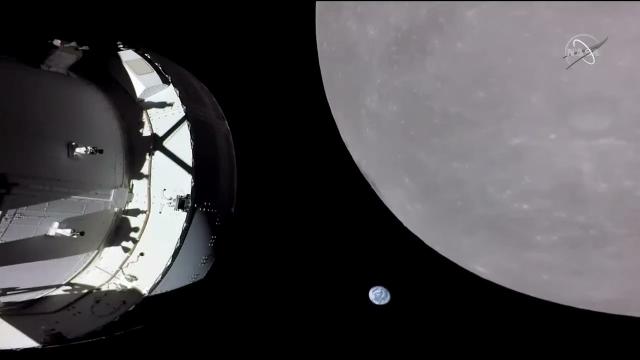
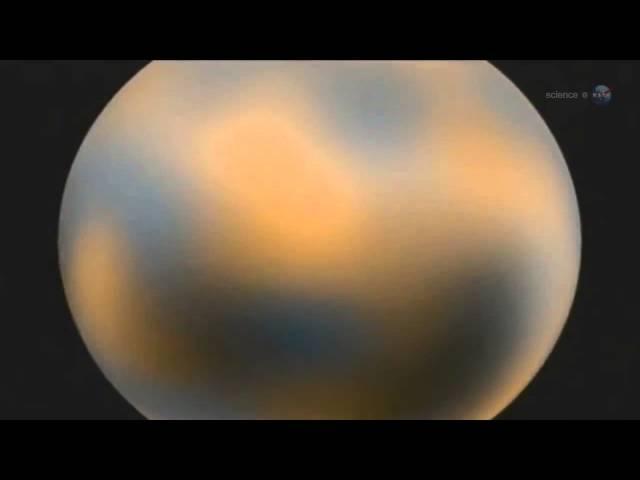
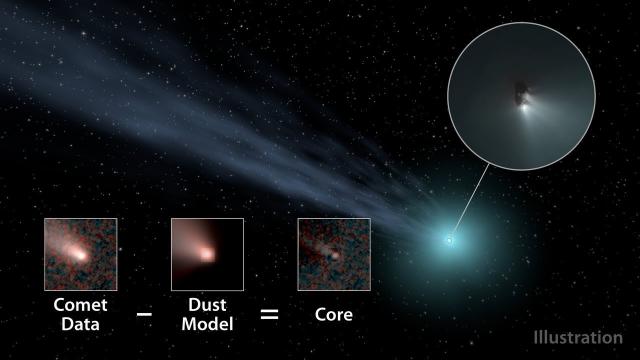
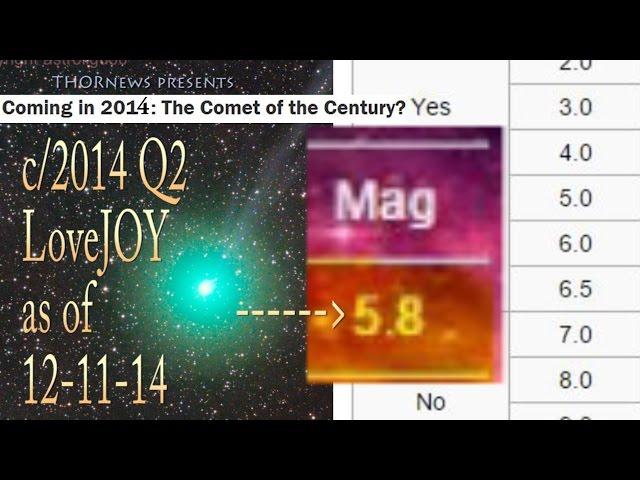
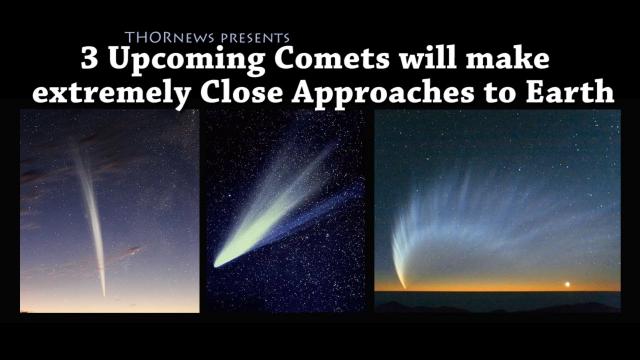
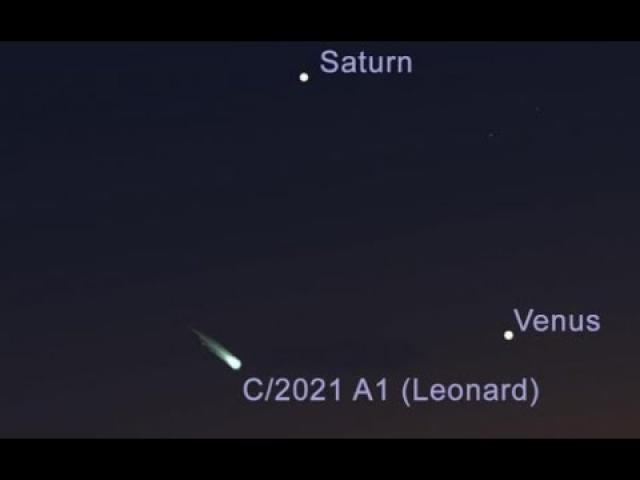
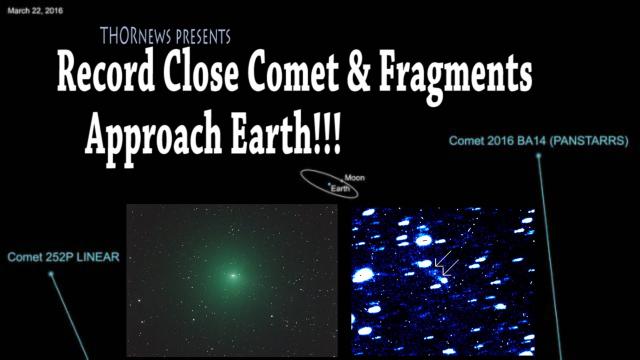

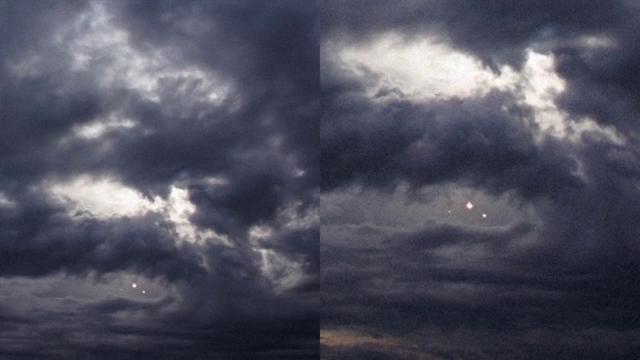





Comments